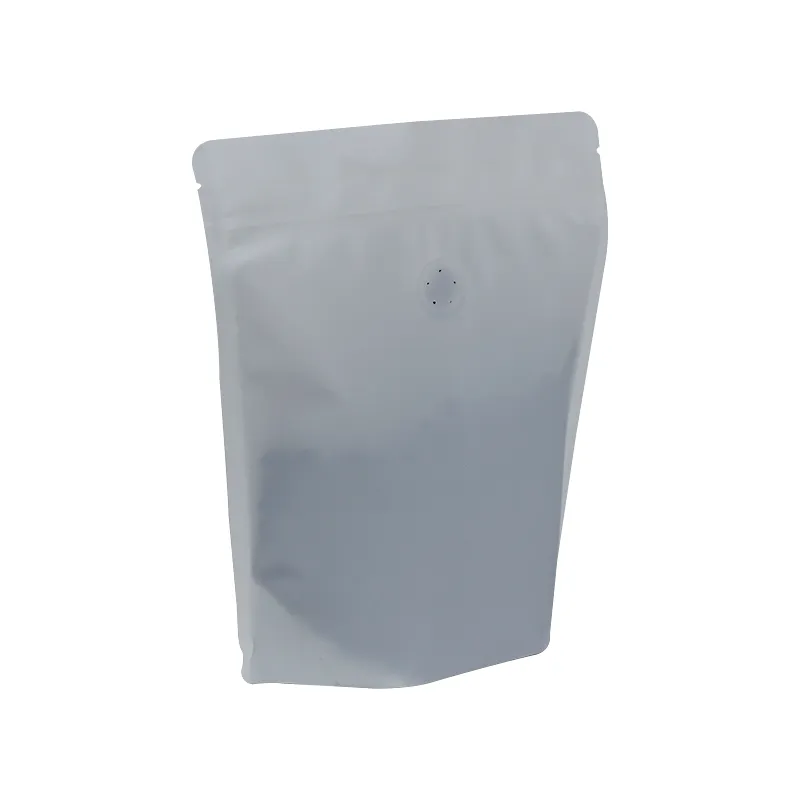- Afrikaans
- Albanian
- Amharic
- Arabic
- Armenian
- Azerbaijani
- Basque
- Belarusian
- Bengali
- Bosnian
- Bulgarian
- Catalan
- Cebuano
- chinese_simplified
- chinese_traditional
- Corsican
- Croatian
- Czech
- Danish
- Dutch
- English
- Esperanto
- Estonian
- Finnish
- French
- Frisian
- Galician
- Georgian
- German
- Greek
- Gujarati
- haitian_creole
- hausa
- hawaiian
- Hebrew
- Hindi
- Miao
- Hungarian
- Icelandic
- igbo
- Indonesian
- irish
- Italian
- Japanese
- Javanese
- Kannada
- kazakh
- Khmer
- Rwandese
- Korean
- Kurdish
- Kyrgyz
- Lao
- Latin
- Latvian
- Lithuanian
- Luxembourgish
- Macedonian
- Malgashi
- Malay
- Malayalam
- Maltese
- Maori
- Marathi
- Mongolian
- Myanmar
- Nepali
- Norwegian
- Norwegian
- Occitan
- Pashto
- Persian
- Polish
- Portuguese
- Punjabi
- Romanian
- Russian
- Samoan
- scottish-gaelic
- Serbian
- Sesotho
- Shona
- Sindhi
- Sinhala
- Slovak
- Slovenian
- Somali
- Spanish
- Sundanese
- Swahili
- Swedish
- Tagalog
- Tajik
- Tamil
- Tatar
- Telugu
- Thai
- Turkish
- Turkmen
- Ukrainian
- Urdu
- Uighur
- Uzbek
- Vietnamese
- Welsh
- Bantu
- Yiddish
- Yoruba
- Zulu
Creative Chinese Takeout Box Ideas for Any Occasion
The Cultural Significance of Miniature Chinese Takeout Boxes
In the realm of culinary experiences, few items evoke as much nostalgia and charm as the miniature Chinese takeout box. Often associated with late-night study sessions or movie marathons, these small containers are more than just practical packaging; they are a cultural icon that bridges the gap between East and West while providing a glimpse into the intricacies of Chinese cuisine and dining traditions.
The iconic design of the Chinese takeout box, usually made of coated paper and featuring a metal wire handle, can be traced back to the early 20th century. While the exact origin is somewhat ambiguous, it is believed that the box was inspired by traditional Chinese containers that held food and offerings. The original design aimed to keep food hot, secure, and easily transportable, catering to the needs of a bustling urban lifestyle, especially in cities such as New York, which has a significant Chinese immigrant population.
The Cultural Significance of Miniature Chinese Takeout Boxes
Beyond the practical function, mini Chinese takeout boxes have also seeped into popular culture, representing comfort food in various contexts. Movies and television shows often feature these boxes, symbolizing a casual meal shared with friends or a solitary dinner after a long day. The simplistic design and recognizable shape invite audiences to resonate with the experience, adding layers of familiarity and warmth.
mini chinese take out boxes

Moreover, the takeout box’s visual appeal has inspired numerous trends in food presentation and event catering. Creative chefs and enthusiasts often repurpose these boxes for occasions like weddings, parties, or picnics, showcasing whimsical desserts, gourmet appetizers, or artisanal snacks. This trend not only enhances the aesthetic of the serving but also serves as an interactive dining experience, allowing guests to personalize their food choices in a playful manner.
Culturally, the takeout box has evolved into a symbol of the rich tapestry of Chinese cuisine, which is celebrated for its diverse flavors, ingredients, and cooking techniques. Each style of Chinese cooking, whether it be Cantonese, Sichuan, or Hunan, showcases unique dishes that can be enjoyed on the go. This accessibility represents a broader cultural appreciation and understanding, encouraging culinary experimentation and exploration of various Chinese flavors in different settings.
However, it is essential to also recognize the environmental impact of these containers. Many takeout boxes, while convenient, are not biodegradable or recyclable, raising concerns about waste management and sustainability within the food service industry. To combat this, some restaurants have begun to adopt more eco-friendly packaging options, reflecting a growing trend toward environmentally conscious dining practices.
In conclusion, the miniature Chinese takeout box serves as a multifaceted representation of global culinary culture. It encapsulates not just the delicious diversity of Chinese food but also the evolving dining habits of modern society. More than just a vessel for rice and noodles, it carries with it stories of cultural exchange, convenience, and creativity. As we continue to embrace diverse culinary traditions, these little boxes remind us of the joy of shared meals, the nostalgia of late-night adventures, and the importance of mindful dining practices in our ever-changing world.













